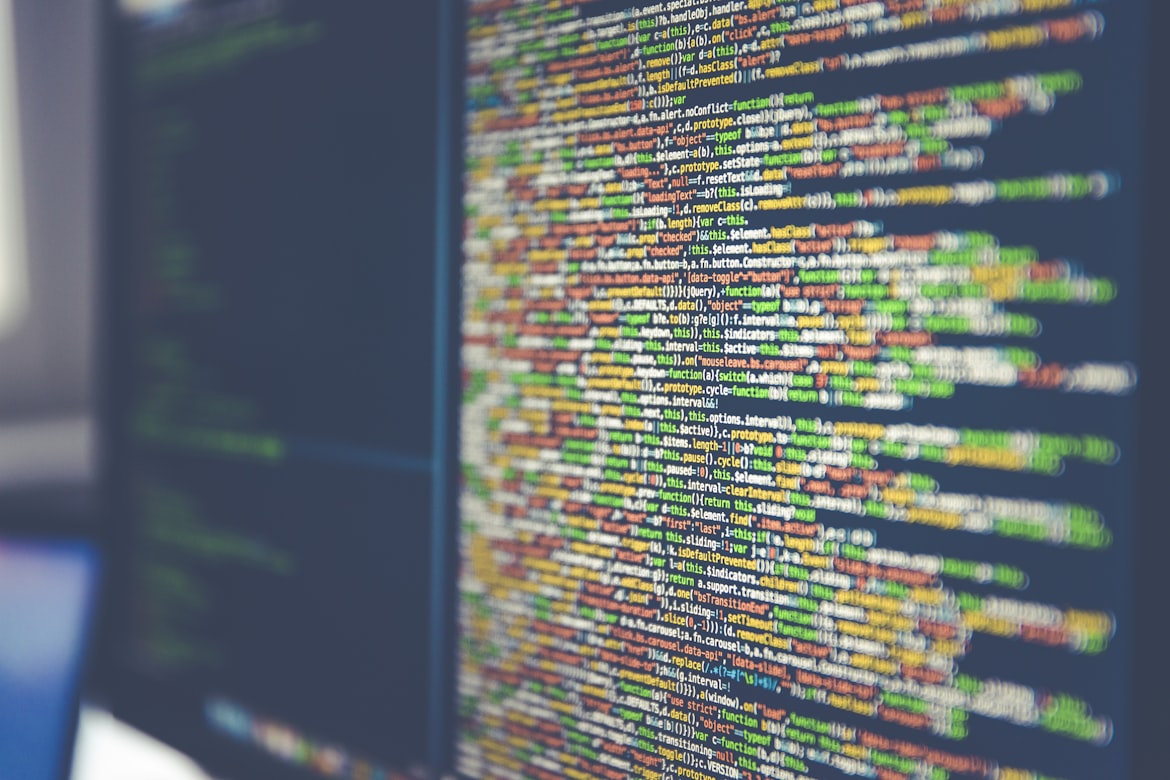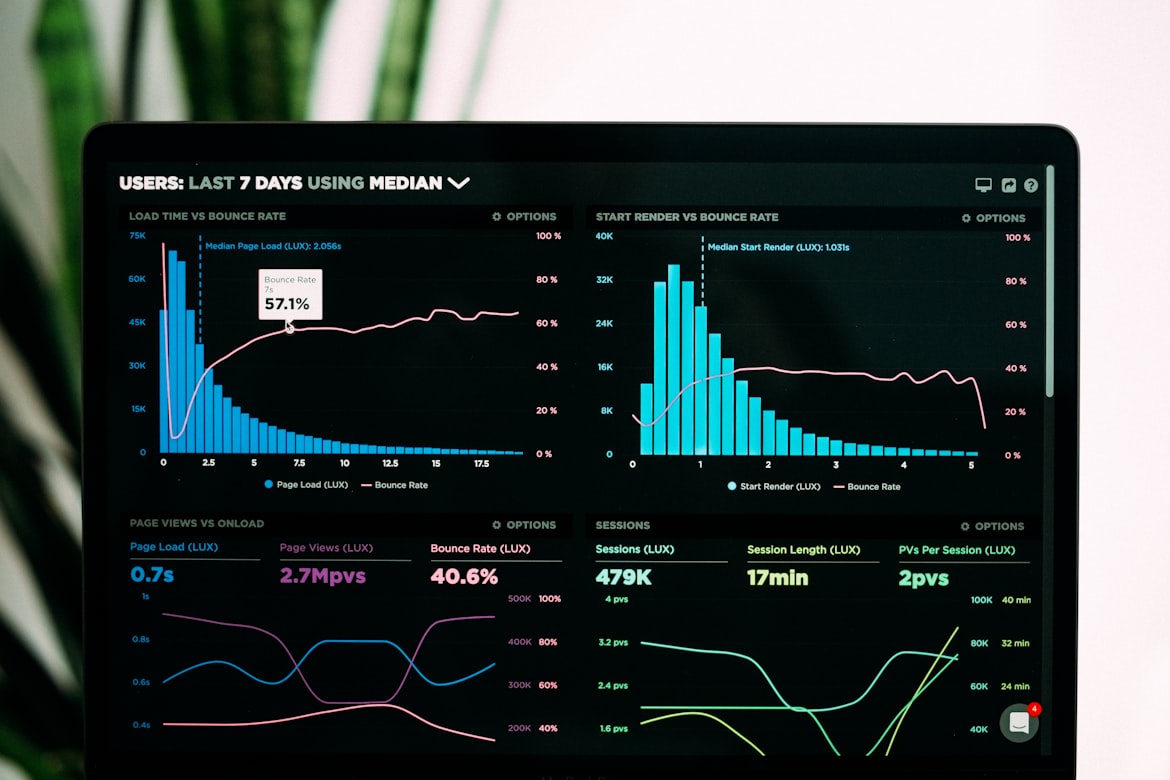5 Best Practices for Secure Software Development: Protecting Your Applications
Software security is a critical aspect of the development process, and ensuring that your applications are protected against potential threats should be a top priority for any development team. With the increasing sophistication of cyber attacks and the growing importance of protecting sensitive data, it's more important than ever to take steps to secure your software. Here are five best practices that can help you do just that.
Implement Secure Coding Practices
The first step in secure software development is to make sure that your code is written in a secure manner. This includes following best practices such as input validation, error handling, and avoiding the use of insecure functions and libraries. For example, when taking user input, it's important to validate that it's in the correct format and that it doesn't contain any malicious code. Additionally, it's important to keep your code updated to the latest version, since new vulnerabilities are often discovered and patched over time.
To help with this, you can use secure coding standards, such as OWASP (Open Web Application Security Project), to guide your development process. OWASP provides a comprehensive set of best practices for secure software development and is updated regularly to stay current with the latest security threats.
Use a Threat Modeling Approach
Threat modeling is a structured approach to identifying potential threats to your software and determining the best ways to mitigate them. This involves identifying the assets that need to be protected, determining the threats that could impact those assets, and evaluating the risks associated with each threat. For example, you may determine that a user's login credentials are a critical asset and that the threat of a brute force attack is a significant risk. Once you have a clear understanding of the threats to your software, you can prioritize your efforts to protect against the most critical ones.
Threat modeling is a proactive approach to software security and can help you identify potential threats before they become major problems. It's also a valuable tool for communicating security risks to stakeholders and for prioritizing your security efforts.
Conduct Regular Security Assessments
Regular security assessments are an essential part of the development process and help ensure that your software remains secure over time. This can include both manual and automated security testing, such as penetration testing, code reviews, and vulnerability scans. For example, a penetration test is a simulated attack on your software that helps identify potential security weaknesses, while a code review involves reviewing your code to identify potential security issues.
By conducting regular security assessments, you can identify and fix potential security issues early in the development process, before they become major problems. This can help you avoid costly and time-consuming security incidents and ensure that your software remains secure over time.
Educate Your Team
Finally, it's important to educate your team on software security best practices and to make security a top priority in your development process. This can include regular training sessions, security awareness programs, and incorporating security
In conclusion, secure software development is a critical aspect of the development process, and following these five best practices can help you ensure that your applications are protected against potential threats. By implementing secure coding practices, using a threat modeling approach, conducting regular security assessments, encrypting sensitive data, and educating your team, you can build more secure software and minimize the risk of costly security incidents.
A few final tips to keep in mind include:
Stay up-to-date with the latest security threats and best practices.
Don't overlook the importance of security testing, and make sure to conduct regular security assessments throughout the development process.
Encrypt sensitive data and use secure key management practices to protect it from theft or unauthorized access.
Make security a top priority in your development process, and educate your team on the importance of software security and best practices.
Continuously monitor your software for potential security threats and take steps to address them as soon as they are identified.
By following these best practices and tips, you can build more secure software and protect your applications against potential threats.








No comments: